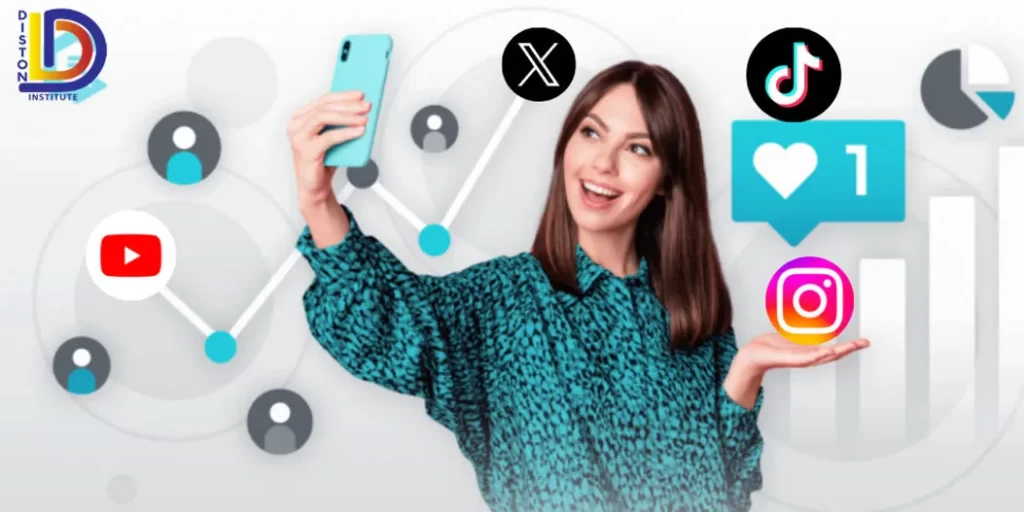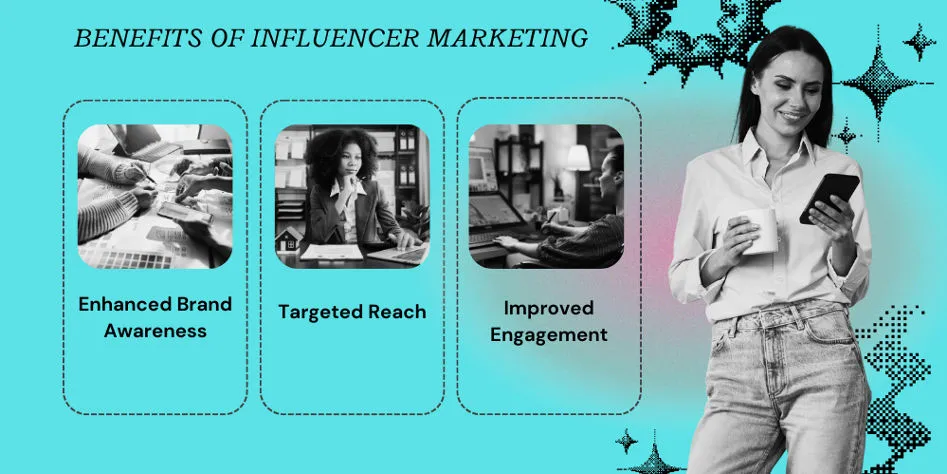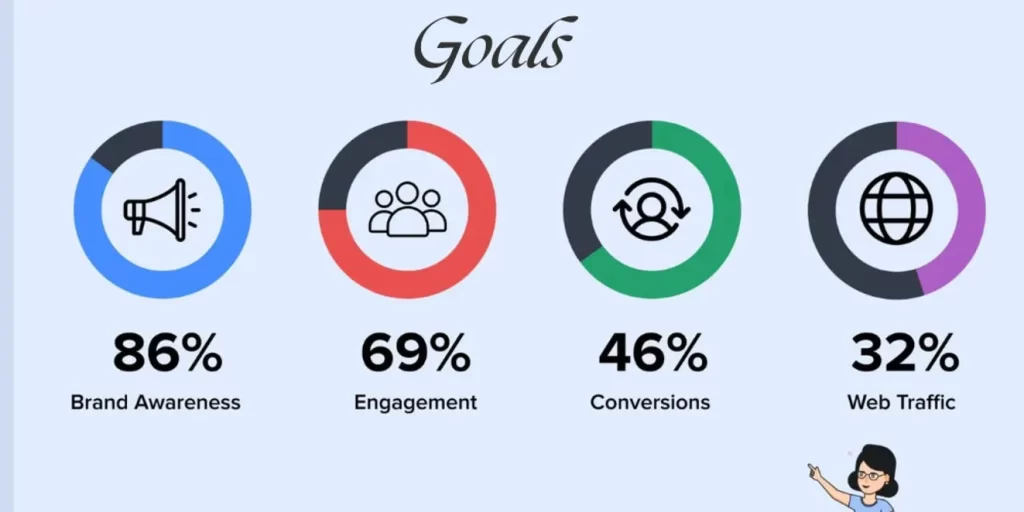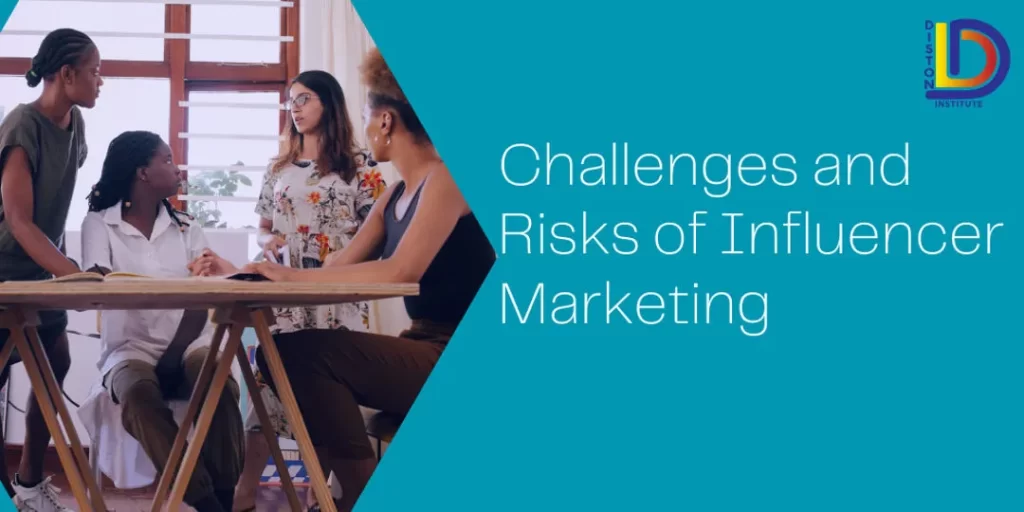Influencer marketing has emerged as a powerful strategy for brands to reach and engage with their target audiences. With the rise of social media platforms, influencers have become key players in shaping consumer behavior and driving brand awareness. This article explores the fundamentals of influencer marketing, its benefits, and effective strategies to leverage it in the age of social media.
The Rise of Social Media Influencers

Social media platforms like Instagram, YouTube, TikTok, and Twitter have given rise to a new breed of influencers. Unlike traditional celebrities, social media influencers are often ordinary people who have gained popularity through their content, whether it’s fashion, beauty, travel, fitness, or lifestyle. Their ability to connect with their followers on a personal level makes their recommendations more relatable and trustworthy.
Benefits of Influencer Marketing

- Enhanced Brand Awareness: Collaborating with influencers exposes your brand to their followers, increasing visibility and brand recognition.
- Targeted Reach: Influencers have a niche audience, allowing brands to reach specific demographics more effectively.
- Authenticity and Trust: Influencers have built trust with their followers. Their endorsements are seen as genuine, making consumers more likely to trust and purchase your product.
- Improved Engagement: Influencers create engaging content that resonates with their audience, leading to higher engagement rates compared to traditional advertising.
Key Strategies for successful Influencer Marketing
1. Planning and Targeting

- Define Your Goals: Brand awareness, increased sales, website traffic, or lead generation? Clearly defined goals will guide your strategy.
- Identify Your Target Audience: Who are you trying to reach with your campaign? Understanding their demographics, interests, and social media platforms is crucial for selecting the right influencers.
- Find the Right Influencers: Don’t just focus on follower count. Look for influencers who align with your brand values, create quality content, and have a genuine connection with their audience. Tools and platforms can help you discover relevant influencers.
2. Collaboration and Content
- Authenticity is Key: Consumers are wary of inauthentic marketing. Encourage influencers to create content that feels natural and resonates with their audience, while still highlighting your brand message.
- Focus on Value: The content should be valuable and engaging for the influencer’s audience. Informative tutorials, product reviews, or entertaining brand integrations can be effective strategies.
3. Campaign Management and Measurement
- Set Clear Expectations: Clearly communicate your campaign goals, target audience, brand messaging, and content expectations to the influencers you partner with.
- Track and Analyze Performance: Utilize analytics tools to track metrics like engagement rate, reach, website traffic, and conversion rates. This data will help you measure campaign success and optimize your strategy.
- Long-Term Partnerships: Building long-term partnerships with aligned influencers can be more effective than one-off collaborations. This fosters trust, allows for deeper brand integration, and leverages the influencer’s established audience connection.
4. Additional Tips
- Leverage Micro-Influencers: Influencers with smaller but highly engaged communities can be valuable partners, offering targeted reach and potentially higher engagement rates.
- Stay Up-to-Date with Trends: Social media trends and platforms are constantly evolving. Staying informed allows you to adapt your influencer marketing strategies for optimal results.
- Embrace New Technologies: Explore the potential of AI tools for influencer discovery, content analysis, and campaign measurement.
Challenges and Risks of Influencer Marketing

While influencer marketing offers a wealth of potential benefits, it’s not without its challenges and risks.
Challenges
- Finding the Right Influencers: Identifying influencers who genuinely align with your brand values, target audience, and content style can be a complex task.
- Fake Followers and Engagement: The prevalence of fake followers and engagement pods can inflate metrics and skew campaign results, leading to wasted resources.
- Transparency and Disclosure: Blurred lines between organic content and sponsored promotions can mislead consumers. Ensuring clear disclosure is crucial for maintaining trust.
- Measuring ROI: Accurately measuring the return on investment (ROI) of an influencer marketing campaign can be difficult. Factors like brand awareness and long-term brand loyalty can be challenging to quantify.
- Content Quality and Brand Control: Brands might not have complete control over the content created by influencers. Maintaining brand messaging and content quality requires clear communication and collaboration.
- The “Fluctuation Factor”: Influencers’ popularity and audience engagement can fluctuate rapidly. Building long-term partnerships with reliable creators mitigates this risk.

Risks
- Reputational Damage: Partnering with an influencer involved in a scandal or controversy can damage your brand’s image. Thorough vetting of influencers is essential.
- Evolving Regulations: Regulatory bodies are increasingly scrutinizing influencer marketing practices, and brands need to stay compliant with disclosure requirements to avoid legal trouble.
- Constant Pressure to Perform: The fast-paced nature of social media can lead influencers to create inauthentic content or prioritize quantity over quality, ultimately impacting campaign effectiveness.
- Short-Term Focus: Focusing solely on immediate sales and engagement might overlook the potential for building long-term brand loyalty through influencer marketing.
By understanding these challenges and risks, brands can develop a strategic and responsible approach to influencer marketing, maximizing its benefits and minimizing potential pitfalls. Here are some tips for mitigating these risks:
- Prioritize authenticity and transparency.
- Focus on building long-term partnerships with aligned influencers.
- Implement robust vetting processes.
- Clearly define campaign goals and expectations.
- Track and analyze campaign performance data.
Future Trends in Influencer Marketing

- Rise of Micro-Influencers: Brands are increasingly turning to micro-influencers who have smaller but highly engaged audiences.
- Video Content: With the popularity of platforms like TikTok and Instagram Reels, video content is becoming a dominant format for influencer marketing.
- Long-Term Partnerships: Brands are moving towards long-term collaborations with influencers to build deeper relationships and more consistent messaging.
- Authenticity Over Perfection: Audiences prefer authentic, unfiltered content over highly polished, staged posts.
